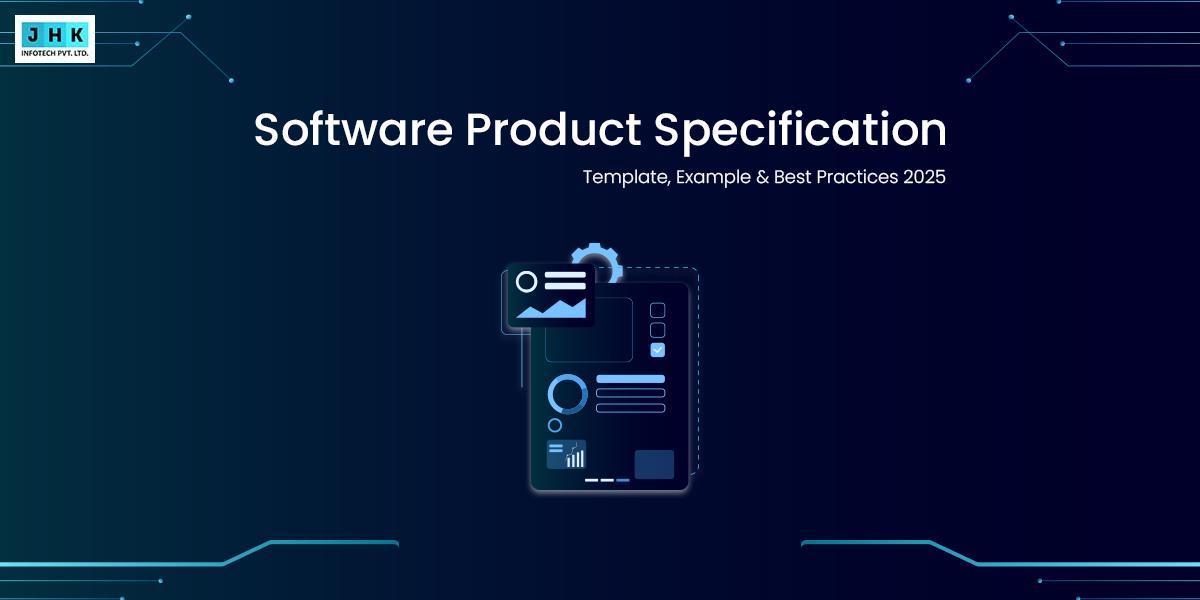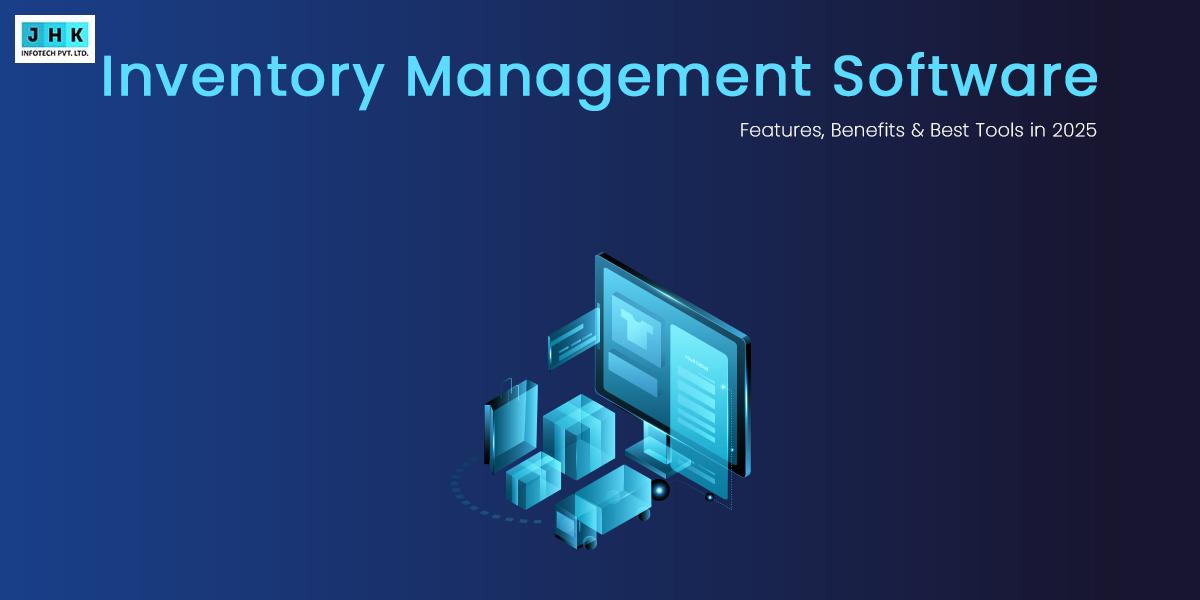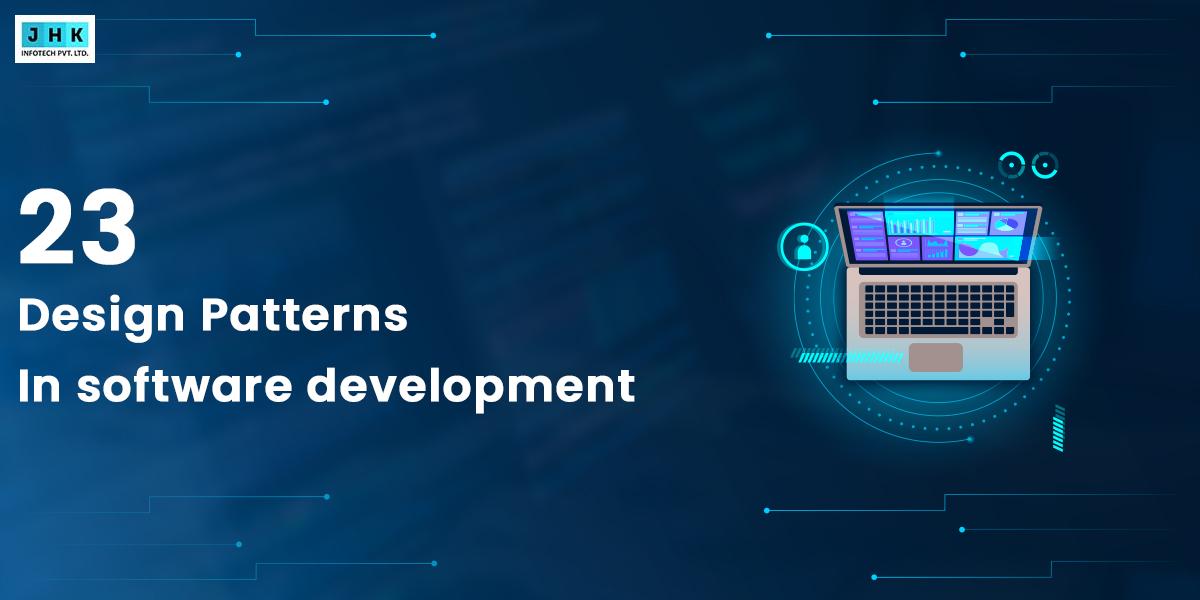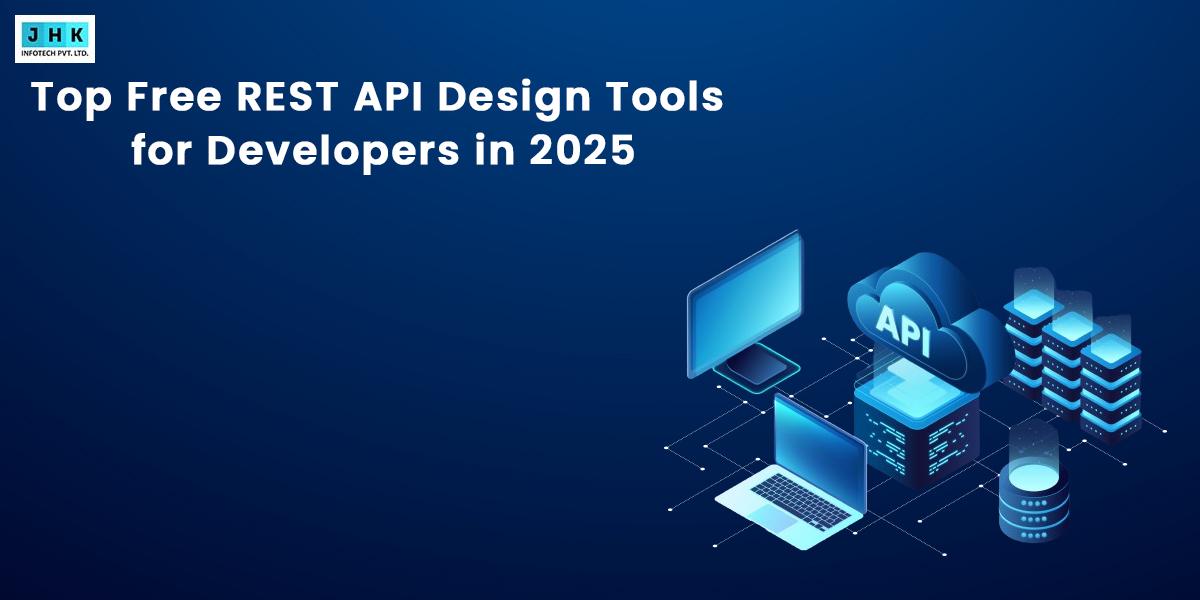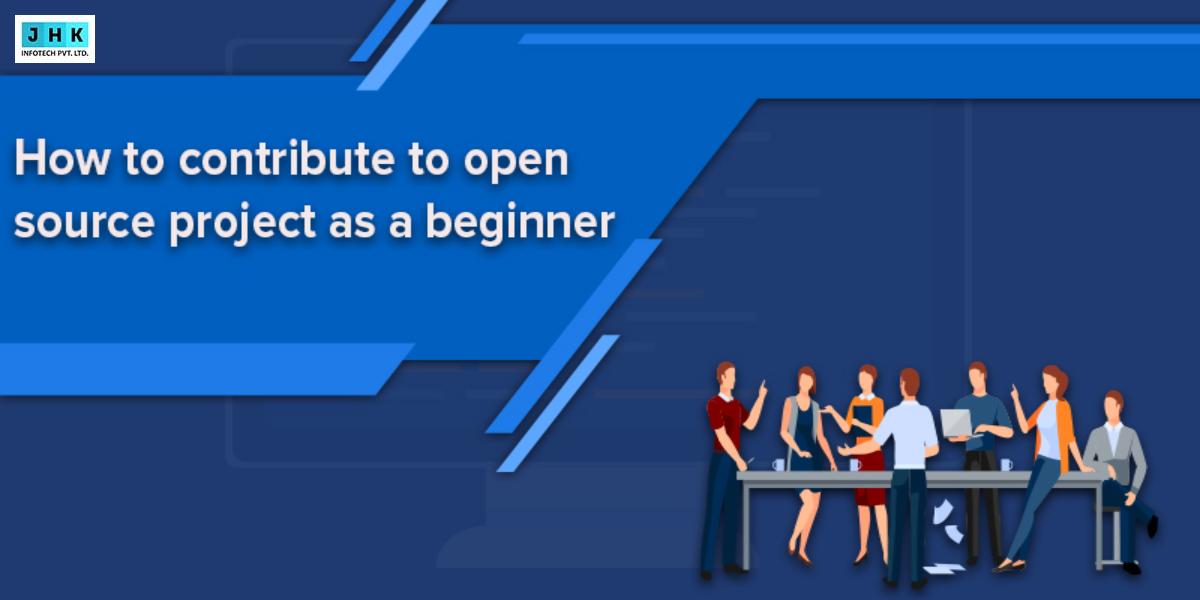What is SAP Development? Lifecycle, Tools, Skills & Future Scope

What is SAP Development?
SAP Development refers to the process of customizing, enhancing, and building applications within the SAP ecosystem to meet unique business needs. From designing user interfaces (UI) to creating APIs and integrating third-party systems, SAP development plays a pivotal role in helping enterprises run smarter and more efficiently.
In simple terms, SAP development is the backbone of digital transformation for organizations, enabling tailored workflows, automation, and seamless business operations.
SAP Development Lifecycle
The SAP Development Life Cycle (SDLC) is a structured process designed to ensure quality, reliability, and alignment with business objectives. Unlike general software projects, SAP development often involves enterprise-scale implementations, where mistakes can disrupt core operations. That’s why following a robust methodology is essential.
Phases of the SAP Development Life Cycle:
- Requirement Gathering: At this stage, business stakeholders, SAP consultants, and developers work together to define requirements. This may include financial reporting needs, HR processes, or supply chain automation. Documentation is prepared to map current business processes to SAP’s capabilities.
- Design: Developers and architects create blueprints for the system. This involves designing database structures in SAP HANA, defining workflows, and planning UI/UX layouts using SAP Fiori. Clear design ensures that development aligns with business goals.
- Development: SAP developers build custom solutions using programming languages like ABAP (for backend logic), SAPUI5 (for front-end apps), and sometimes Java. Examples include custom reports, integration with third-party CRMs, or mobile extensions.
- Testing: Before deployment, applications undergo unit testing, functional testing, and integration testing. SAP ensures every customization works seamlessly with core modules like Finance (FI), Sales & Distribution (SD), and Materials Management (MM).
- Deployment: Once validated, solutions are moved from the development server to the production environment. This may involve transport requests and change management practices to avoid business disruptions.
- Maintenance: SAP systems require regular updates, bug fixes, and performance tuning. Maintenance also includes upgrading to newer SAP versions, like migrating from ECC to S/4HANA.
Types of SAP Development
1. SAP UI Development
User adoption depends heavily on interface design. SAP UI development focuses on delivering intuitive, user-friendly, and mobile-responsive applications.
- Key Tools: SAP Fiori and SAPUI5.
- Use Case: A retail company creates a Fiori dashboard that allows sales managers to track real-time store performance and KPIs from their tablets.
2. SAP API Development
APIs are the backbone of system integration. SAP API development enables data exchange between SAP and non-SAP applications.
- Key Technology: SAP Gateway & OData services.
- Use Case: An SAP ERP system connected with Salesforce CRM ensures that customer data is automatically updated across platforms, reducing manual entry.
3. SAP Mobile Development
With mobile-first strategies, SAP mobile development ensures employees access business data on the go. Using SAP BTP (Business Technology Platform), developers create applications for iOS and Android.
- Key Tools: SAP Mobile SDK, SAP NetWeaver.
- Use Case: A logistics company uses an SAP mobile app that allows truck drivers to update delivery status in real-time, improving supply chain visibility.
Tools & Systems
SAP offers multiple environments and tools to support developers
- SAP HANA Development Studio: Used for building data-intensive and analytical applications. For example, creating a financial forecasting model with real-time HANA database queries.
- SAP NetWeaver Development Studio: Supports Java-based developments such as enterprise portals, business workflows, and mobile extensions.
- SAP Development Server/System: A controlled environment where developers test code before moving it to production. This reduces risks and ensures quality delivery.
Other ERP Systems vs SAP Development
When organizations compare SAP with other ERP systems (like Oracle, Microsoft Dynamics, or Odoo), several differences stand out:
Generic ERP Systems:
- Provide basic modules for finance, HR, and operations.
- Often require third-party add-ons for advanced features.
- Customization can be complex.
SAP ERP Systems:
- Industry-specific solutions (manufacturing, healthcare, retail).
- High scalability and global compliance features.
- Seamless integration with modern cloud platforms (AWS, Azure, GCP).
Skills & Coding in SAP Development
Developers need both technical programming knowledge and business process expertise to succeed in SAP development.
Languages Used in SAP:
- ABAP (Advanced Business Application Programming): Core SAP programming for custom reports and modules.
- Java & JavaScript: Essential for UI, mobile, and cloud-based development.
- SQLScript: Used in SAP HANA for high-performance database queries.
Key SAP Skills:
- Building SAP Fiori/UI5 applications.
- Designing APIs for integrations.
- SAP HANA data modeling and analytics.
- Understanding of finance, supply chain, or HR processes.
Business Impact of SAP Development
SAP development is not just about technology—it’s about driving business transformation.
- Automation: Automates tasks like payroll processing, invoice approvals, and supply chain tracking.
- Process Optimization: Improves workflows, reducing delays and errors in enterprise operations.
- Scalability: As businesses expand globally, SAP scales to support multiple languages, currencies, and compliance standards.
Example: A multinational manufacturer using SAP development reduced procurement cycle times by 40% through custom workflow automation.
Future of SAP Development
SAP is rapidly evolving to meet modern digital needs, making it future-ready.
- SAP S/4HANA: Cloud-based ERP offering real-time analytics and automation.
- Artificial Intelligence & Machine Learning: Predictive analytics and intelligent process automation.
- IoT & Cloud Integrations: SAP works with AWS, Microsoft Azure, and Google Cloud, ensuring global reach and scalability.
Conclusion
SAP Development is the engine behind enterprise innovation. From UI design and APIs to mobile applications and cloud-based solutions, SAP empowers businesses to operate efficiently and scale globally.
For organizations aiming to stay competitive in 2025 and beyond, investing in SAP development is not just an option – it’s a necessity.
FAQ’s
What is SAP built on?
SAP is primarily built on ABAP (Advanced Business Application Programming), a proprietary programming language developed by SAP. Over time, it has expanded to include other technologies such as Java, JavaScript, and SQLScript for SAP HANA, mobile, and cloud-based applications. This multi-language foundation allows SAP to support both traditional ERP and modern enterprise needs.
Is SAP built on AWS?
No, SAP is not built on AWS, but it can run on AWS infrastructure. SAP has partnered with major cloud providers such as AWS, Microsoft Azure, and Google Cloud to offer SAP S/4HANA Cloud and SAP Business Technology Platform (BTP) deployments. This enables businesses to leverage the scalability and flexibility of cloud environments while using SAP solutions.
Is SAP coded in Java?
SAP’s core ERP applications are not fully coded in Java; they are mainly based on ABAP. However, Java is used in some areas of the SAP ecosystem, especially in SAP NetWeaver, SAP Business Technology Platform, and for certain integration and middleware solutions. In modern SAP development, Java often complements ABAP for cross-platform applications.
Which is better, SAP or Python?
Comparing SAP and Python is like comparing an enterprise ERP system with a programming language.
- SAP is better for managing large-scale business processes such as finance, supply chain, and HR.
- Python is better for data science, AI/ML, and automation projects.
They are not direct competitors—rather, businesses often use both, where Python handles analytics and automation while SAP manages core enterprise operations.
Why is SAP important?
SAP is important because it helps businesses integrate operations across departments, automate processes, and make data-driven decisions. It supports global compliance, scalability, and digital transformation. For enterprises, SAP ensures efficiency, transparency, and real-time business insights, making it a critical tool for competitiveness.
What is the future of SAP?
The future of SAP is focused on cloud, AI, and real-time analytics. With SAP S/4HANA and the Business Technology Platform (BTP), SAP is transitioning to a cloud-first, AI-powered ERP system. Businesses will increasingly adopt SAP for predictive analytics, IoT integrations, and automation, making SAP development an in-demand skill for years to come.
Why is SAP better than other ERP systems?
SAP stands out from other ERP systems because of its:
- Scalability – Handles small businesses to global enterprises.
- Industry-specific solutions – Tailored modules for manufacturing, healthcare, retail, etc.
- Advanced integration – Seamless with AI, IoT, and cloud platforms.
- Global compliance – Supports multiple currencies, languages, and legal frameworks.
This makes SAP a comprehensive and future-ready ERP solution compared to most competitors.
Does SAP have a future?
Yes, SAP has a strong future. With its focus on SAP S/4HANA Cloud, AI, machine learning, and cloud partnerships with AWS, Azure, and GCP, SAP is evolving to meet modern business challenges. As more companies undergo digital transformation, demand for SAP developers, consultants, and solutions will continue to rise.



